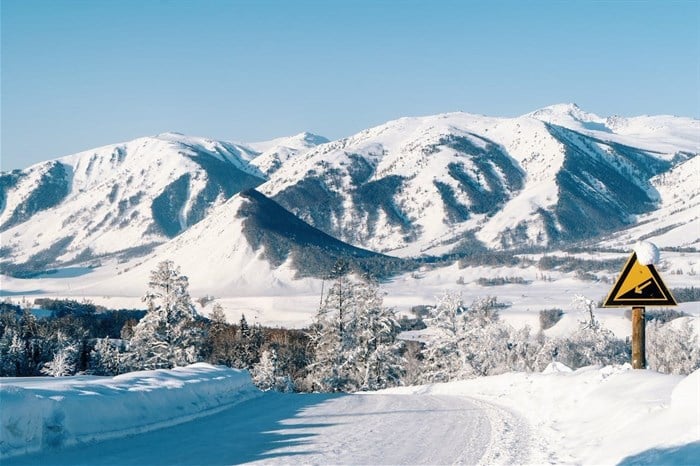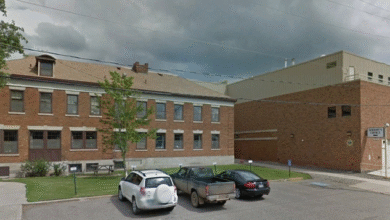South Africa Snowfall: A Rare and Stunning Winter Phenomenon

South Africa snowfall is one of the most surprising natural wonders in the country—an unexpected twist in a landscape more often associated with golden savannahs and sunlit coastlines. Although many travelers imagine South Africa as a summer paradise, select regions transform into breathtaking winter escapes between June and August. These snowfall events, though rare and localized, create a unique experience where nature puts on a dazzling white display across mountaintops and valleys.
The sight of south africa snowfall often stirs awe among locals and tourists alike. For many South Africans who have never traveled abroad, it’s the first time they experience snow firsthand. Children build snowmen, social media lights up with snow-covered selfies, and tourism booms in cold-climate destinations. The magic lies in the contrast—sun-drenched plains meeting icy peaks in an unforgettable seasonal shift.
Why Snowfall in South Africa Is So Uncommon

South Africa snowfall is a rare occurrence because of the country’s geography and climate. Positioned in the southern hemisphere and close to the equator, most of the country experiences a temperate to warm climate. The vast majority of the land sits at relatively low altitudes, where winter temperatures remain mild and unsuitable for snow formation. Only a few elevated regions, such as parts of the Drakensberg or the Sneeuberge Mountains, consistently dip below freezing.
Another key factor that limits snowfall is the influence of surrounding oceans. Both the Indian and Atlantic Oceans play a significant role in moderating temperatures throughout the year. These warm ocean currents prevent extreme cold from dominating inland areas, which further reduces the chances of snowfall. This climate dynamic makes snowfall in South Africa an extraordinary event, often making national news when it occurs.
When to Expect Snowfall in South Africa
The best time to witness South Africa snowfall is during the winter months of June, July, and August. During this period, cold fronts move up from the Antarctic region, carrying icy air that interacts with local weather patterns to create snow in high-altitude areas. The timing is brief and unpredictable, which adds to the excitement and media buzz around each snow event.
Tourists hoping to catch a glimpse of snowfall in South Africa should watch the weather forecasts closely and be prepared to travel on short notice. Snow doesn’t linger for long, especially in areas without consistent cold temperatures. However, when it does fall, it blankets the landscape in sparkling white, offering rare photo opportunities and a different perspective of the African wilderness.
Best Places to Experience South Africa Snowfall
South Africa snowfall isn’t widespread, but a few key destinations consistently deliver this winter magic. The Drakensberg Mountains are by far the most famous spot, offering not only snow but also hiking, luxury lodges, and breathtaking alpine scenery. The higher the elevation, the greater the chance of snowfall—particularly around areas like Underberg, Sani Pass, and Cathedral Peak.
Other notable destinations include Sutherland in the Northern Cape, often referred to as the coldest town in South Africa. This small, quiet village is not only famous for snow but also for stargazing, thanks to its clear skies and high elevation. The Cederberg Mountains and parts of the Eastern Cape Highlands can also experience snow in cold snaps. These regions offer scenic drives, cozy fireplaces, and a chance to see snow-covered African landscapes rarely associated with the continent.
Wildlife and Ecosystems During Snowfall
South Africa snowfall can be visually enchanting, but it also presents ecological challenges. Wildlife in snowy regions must adapt quickly to freezing temperatures and altered food availability. Animals such as antelope, jackals, and small mammals use instinctive strategies like burrowing or huddling to retain body heat during snowfall events. For animals unfamiliar with snow, this weather can be disorienting, affecting their behavior and survival strategies.
From an ecosystem perspective, snowfall temporarily changes the dynamics of the land. While it may disrupt grazing and migration patterns, snow also contributes to water supply as it melts into the soil and rivers. Some high-altitude plant species rely on the moisture from snowmelt to thrive. In a country prone to drought, these winter water reserves can be crucial to sustaining local biodiversity through the drier months.
Climate Change and the Future of Snow in South Africa

Like many regions worldwide, South Africa is seeing changes in its snowfall patterns due to global climate change. Warmer temperatures and shifting wind patterns have led to increasingly erratic weather. Some years bring unseasonal snowfall, while others pass with barely a flurry. Scientists are monitoring these shifts to better understand how climate change may affect not only snowfall but also broader weather systems in southern Africa.
The unpredictability of South Africa snowfall poses a challenge for both agriculture and tourism. For farmers, sudden snow can damage crops and infrastructure. For tourism operators, snow-based travel offerings become harder to plan. Nonetheless, snowfall continues to captivate the public imagination and remains one of South Africa’s most photogenic and sought-after seasonal spectacles.
Capturing the Snowy Beauty: Travel Tips for Visitors
If you’re planning to experience South Africa snowfall firsthand, preparation is key. Roads to snowy regions can be slippery or even closed after a heavy fall, especially around mountain passes like Sani Pass. A 4×4 vehicle, warm clothing, and flexible plans are essential for a successful snow-chasing trip.
Accommodation in snowy destinations tends to book up quickly after a snowfall forecast, so keep an eye on weather alerts and book early. For photography lovers, the golden hour after snowfall offers breathtaking light across untouched, glistening terrain. Whether you’re sipping hot cocoa by the fire or hiking through a snowy trail, experiencing South Africa snowfall is a memory that lasts a lifetime.
Conclusion: A Unique Winter Wonder in the Southern Hemisphere
South Africa snowfall is more than just a weather event—it’s a cultural and natural marvel that captivates people across the country. From the icy cliffs of the Drakensberg to the chilly towns of the Karoo, snow transforms these landscapes into something truly special. Each snowflake is a reminder of nature’s power to surprise and delight, even in the most unexpected corners of the world.
As climate patterns continue to evolve, snowfall in South Africa may become even rarer or shift to different regions. This makes each snowfall a treasure, a fleeting glimpse of a South African winter dreamscape. Whether you’re a local seeing snow for the first time or a traveler seeking offbeat adventures, the snow-covered highlands of South Africa are waiting to welcome you—just don’t forget your gloves.
Frequently Asked Questions (FAQs)
When does snowfall occur in South Africa?
Snowfall typically happens between June and August during the winter season in high-altitude areas.
Is snowfall common in South Africa?
No, it is relatively rare and limited to specific mountainous regions.
What are the best places to see snow in South Africa?
Top spots include the Drakensberg Mountains, Sutherland, and parts of the Cederberg and Eastern Cape Highlands.
Can tourists plan trips around South Africa snowfall?
Yes, but flexibility is key. Snowfall is unpredictable, and it’s best to monitor local weather alerts.
Does climate change affect snowfall in South Africa?
Yes, global warming is making snowfall events less predictable and potentially less frequent over time.
You may also read: Hogwarts Legacy New Game Plus: Release Date, Features & What to Expect





